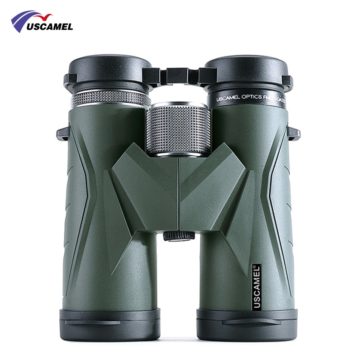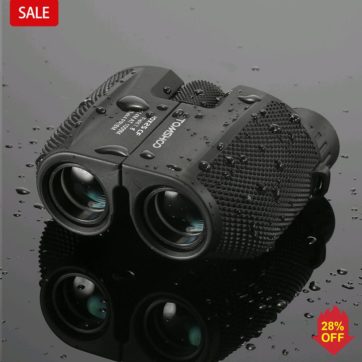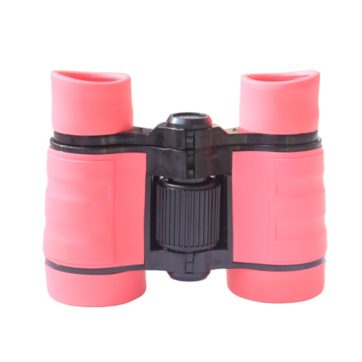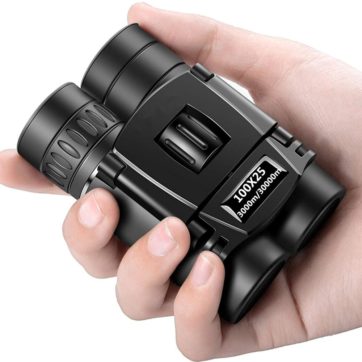Description
- Brand Name: HSEAYM
- Origin: CN(Origin)
- Size: 1.25inch(31.7mm)
- Type: Binoculars
- Surface Quality: Optical glass lens aluminum alloy frame
- Thickness: N
- Model Number: 1.25
- Filter Type: Color filter
- Clear Aperture: N
Model: Color filter 6-color set
Material: optical glass, metal
Purpose: adopts the international standard inch thread, suitable for all kinds of astronomical telescopes adopting the inch standard
The six commonly used filter specifications are: 12#, 21#, 23A#,56#. 82A#, MOON&SKYGLOW
12# yellow :It is used to observe the polar ice caps on Mars more clearly. When observing the desert land on the surface of the planet, the contrast can be increased to make the details more obvious. When observing Jupiter, the blue color pattern of Jupiter’s equator is darkened and the red-orange characteristics are more obvious.
21# orange:It can be used to improve the contrast of light and dark when observing space, can penetrate clouds, observe Martian sand and dust storms, and can be used to observe Jupiter’s Great Red Spot. The effect is very good.
23# red:It is used to observe Mercury and Venus. Use a large-aperture telescope to observe Jupiter’s sidebands more clearly through red, and observe the surface of Saturn to see more details
56# green:Observe the polar projections, frost spots, and surface fog on the surface of Mars. It is a good accessory for observing the halo and Jupiter belt of Saturn. It is also a universal lens for observing the moon
82# blue:Used to observe the small structure of star clusters to make the image details clearer
MOON&SKTGLOW:It can penetrate the vapor layer, penetrate the ionosphere, and can observe in the polluted sky deeper and farther, especially when observing star clusters, it can reduce the influence of stray light and look for strange new stars.



















